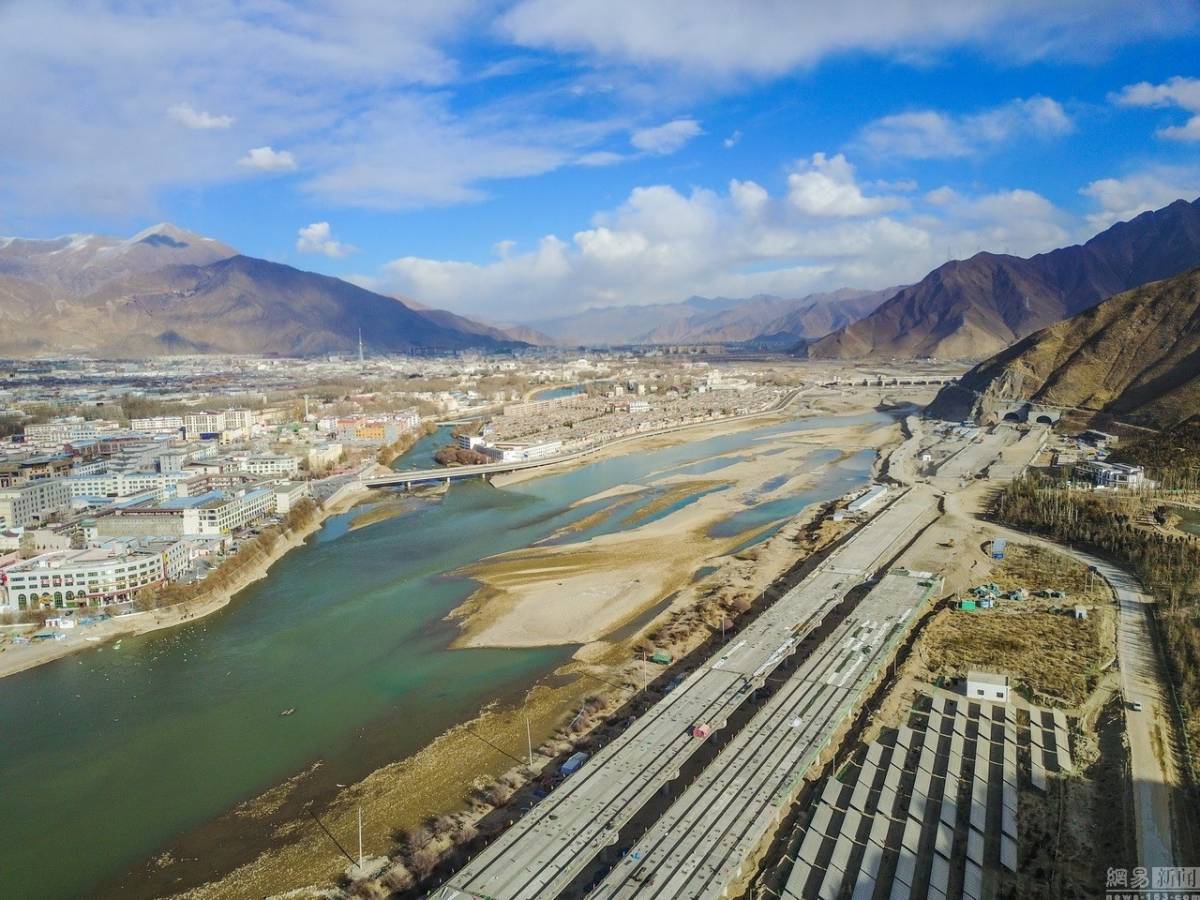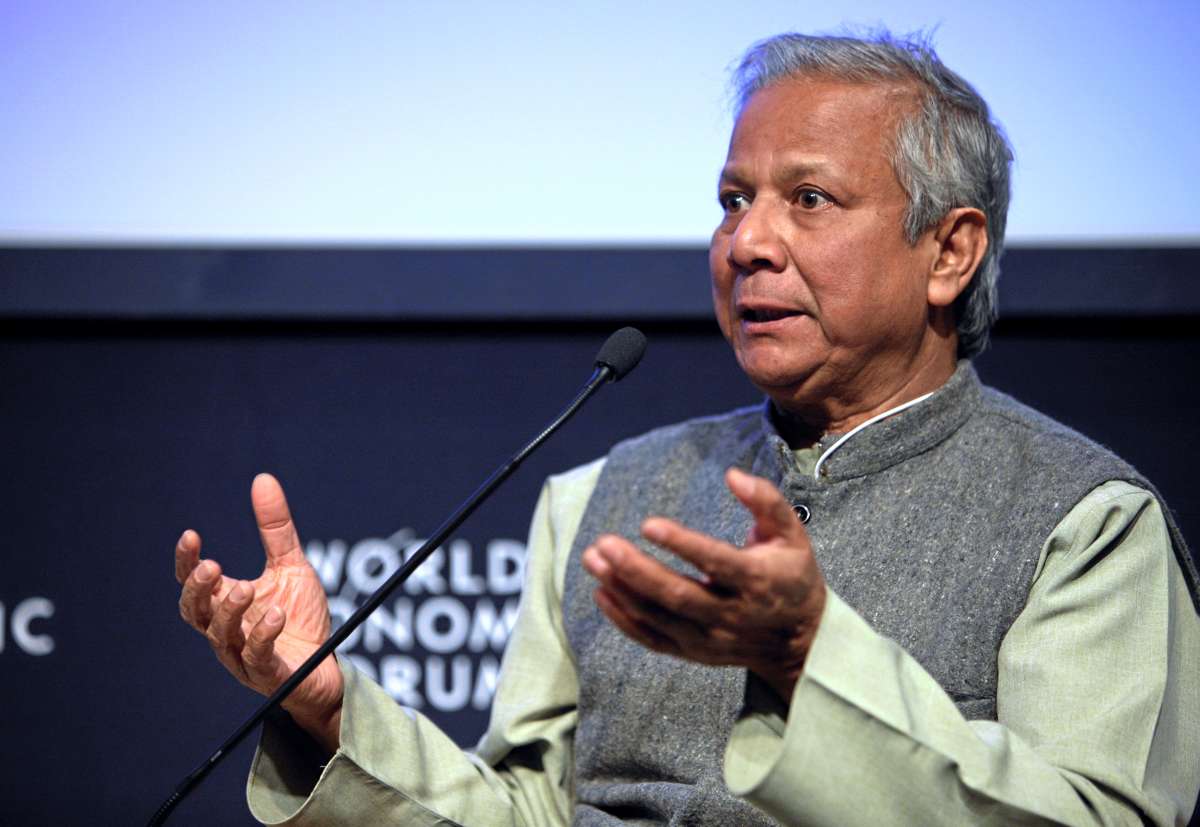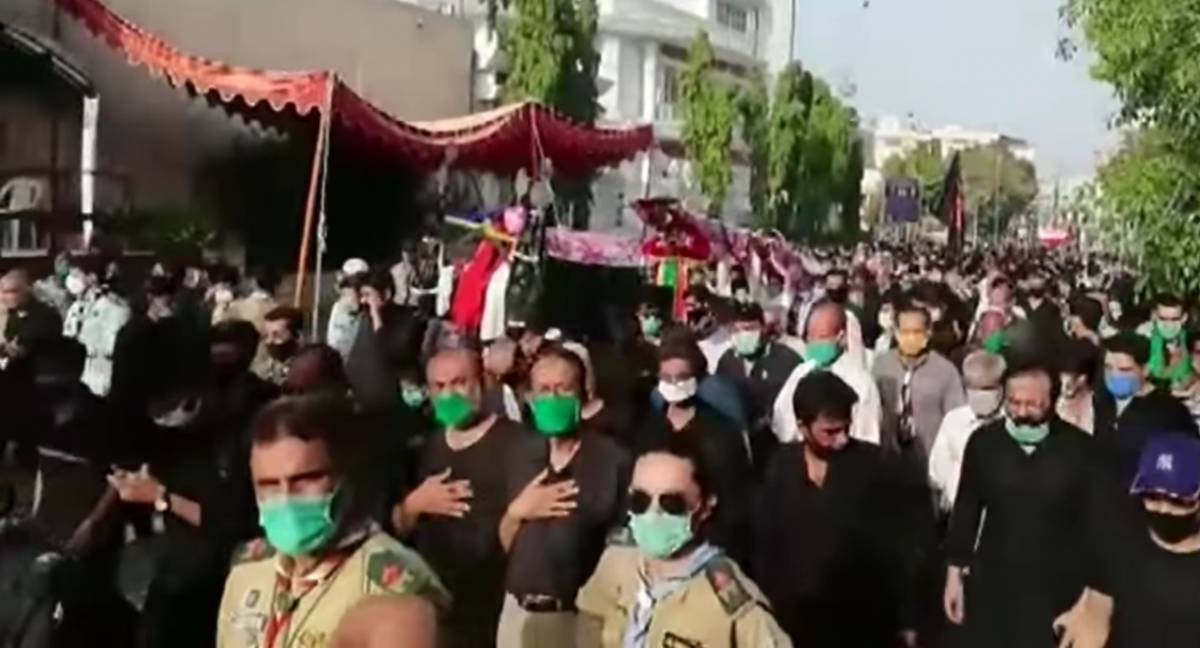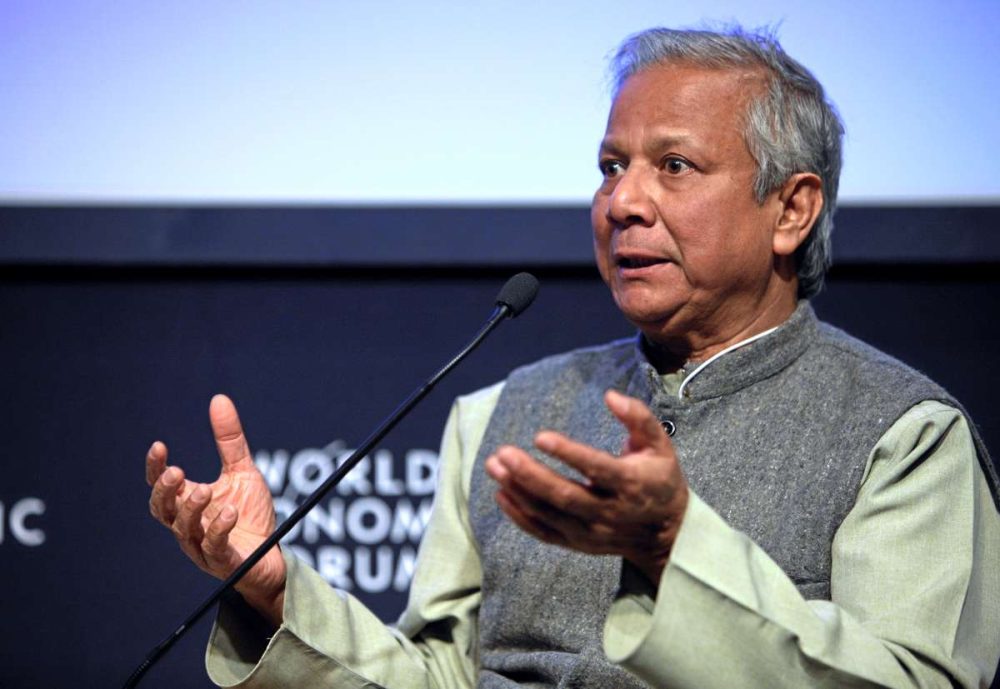The Tibet infrastructure development projects have been included in the 14th Five Year Plan (2021-2025)…reports Subir Bhaumik.
China is planning to develop a massive defence logistics infrastructure in Tibet that will turn the once independent kingdom into a military hub to dominate the Himalayas.
The plans were approved during the plenary session of China’s National People’s Congress (NPC) in March this year and also by the Chinese People’s Political Consultative Conference (CPPCC).
The Tibet infrastructure development projects have been included in the 14th Five Year Plan (2021-2025).
The Long Range Objectives-2035 additionally identifies a number of strategic military projects for completion by 2025 and 2035.
The G318 Sichuan-Tibet Highway and the G219 and G331 national highways will be upgraded and extended to run along China’s southwestern border.
The new 1,800-km Chengdu-Lhasa high-speed railway network will be the second strategic railway connecting from Tibet to the Mainland, reducing travel time from Chengdu to Lhasa to just 10 hours.
Chengdu is now the headquarters of the integrated Tibet-Sichuan military command that makes it possible for the People’s Liberation Army (PLA) to move strategic reserves swiftly from the borders with other Southeast Asian nations to beef up both offensives and strategic defence on the India front.
Shigatse (Rikaze), Tibet’s second-largest city, will emerge as a rail transportation hub as work has begun on railways to link Shigatse with Jilong in Guizhou province and Hotan in Xinjiang province.
To make up for aerial defence weakness, China will construct at least 20 new border airports by 2025 in Tibet, in places like Tashkurgan and Longzi.
Tashkurgan, the last stop before the Karakoram Pass, is under the jurisdiction of the South Xinjiang Military District and the PLA could easily threaten the Daulat Beg Oldi and the Depsang Plains from there.
The airport at Longzi in Tibet’s Shannan County will also boost the capabilities of the People’s Liberation Army Air Force (PLAAF) in the middle sector of the Line of Actual Control (LAC).

Analysts like Jayadeva Ranade, former Cabinet Secretariat’s Chiba expert, say that “in just over a decade, China will have a much-improved strategic border defence infrastructure”.
“The considerably enhanced Chinese military presence will be a long-term potential threat for India,” Ranade said.
Ranade has closely studied the 142-page, 70,000-character “14th Five Year Plan (2021-2025) and the Long Range Objectives through the Year 2035 for National Economic and Social Development of the People’s Republic of China”, whose English version is yet to be released.
“The document clarifies China’s national strategic intent and identifies the core areas of national security and development. It has a definite focus on strategic science and technology programmes in the frontier areas. The document details the projects that have direct implications for India,” said Ranade.
He said that India’s worst concern is over the Chinese plan to construct a massive dam on the Great Bend on the Yarlung Tsangpo (Brahmaputra).

Serious discussions on diverting the waters of the Brahmaputra had started in the Chinese Academy of Engineering Physics in Beijing in 1995.
Details of a comprehensive plan emerged in a book authored by former military officer Li Ling titled ‘Tibet water can save China’, which was published in 2005.
The 14th Five Year Plan (2021-2025) and the Long Range Objectives-2035 confirms that a number of hydroelectric projects will be built along its lower reaches and a massive dam three times the size of the Three Gorges Dam in Sichuan province will be constructed on the Great Bend on the Tsangpo.
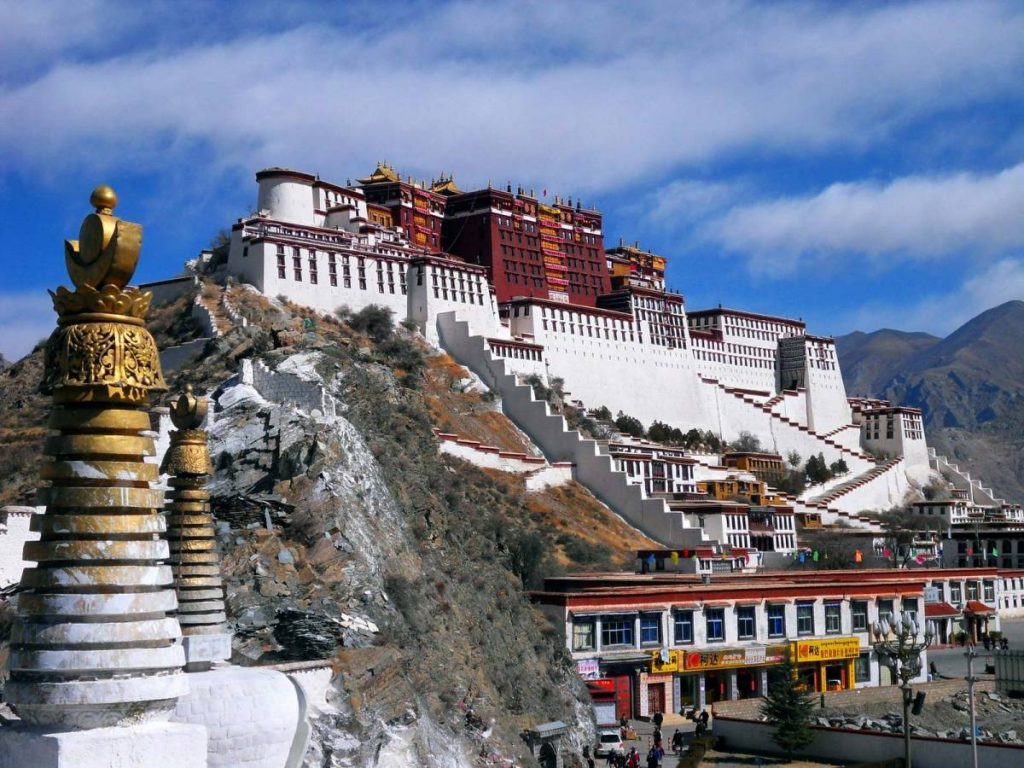
“The dams constructed on the fragile Himalayas will pose a constant danger to those living downstream and adversely impact the livelihoods of over a billion people residing in the Indo-Gangetic plain,” said Ranade.
He said the planned infrastructure projects in Tibet and the anticipated huge influx of labour and engineers will raise the temperature on the Tibetan Plateau and accelerate the retreat of Tibet’s glaciers.
These glaciers are the source of the Indus and a number of rivers that feed into the Ganges. This will seriously reduce the flow of water even leading to the rivers drying up.
Also Read-The Chinese genocide in Tibet
Read More-Pelosi tears into China on Tibet


